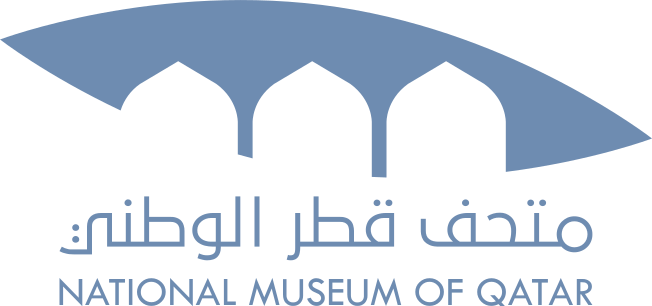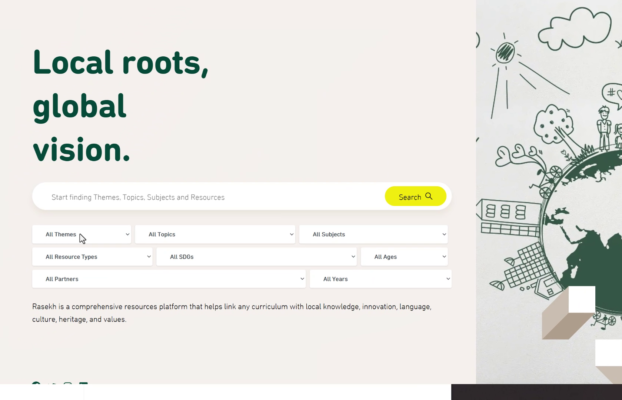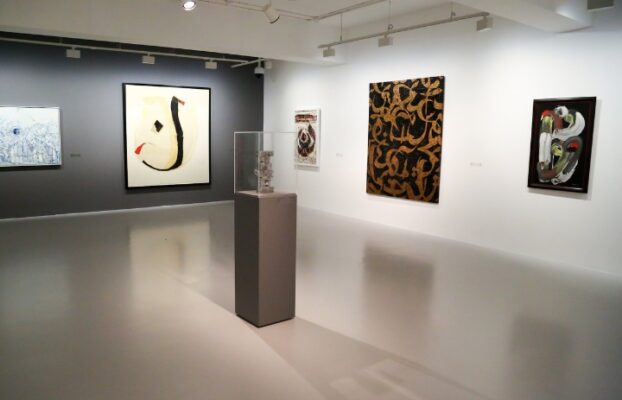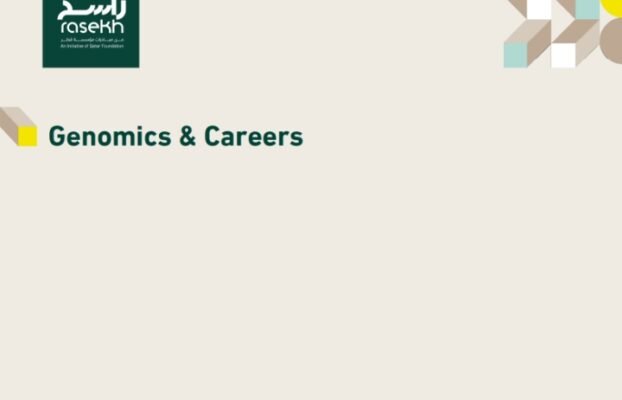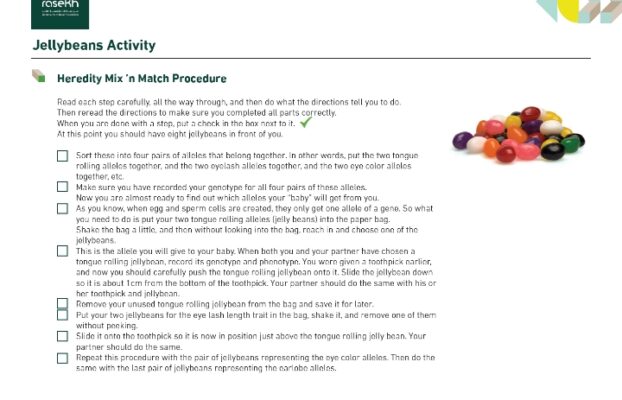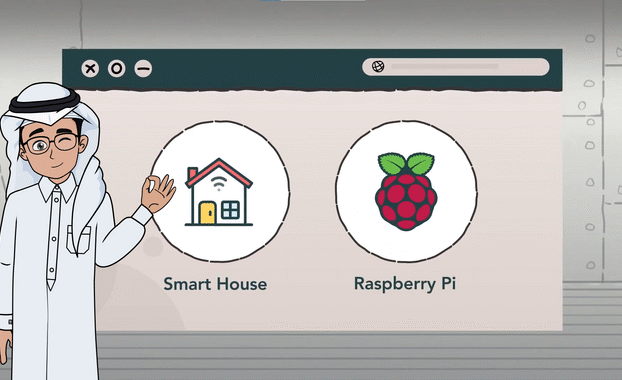Historical artefacts
Discovering Qatar’s Heritage: Exploring Artifacts for Insight and Understanding
-
Culture and Heritage
QNV 2030: Human Development, Social Development
-
Resource Plan
-
SDG 4: Quality Education
-
11 - 12 years
-
Language(s), Media Studies, Qatar History, Social Studies, Visual Arts
-
Resource ID: 15514
- Share Feedback Embed Resource

Overarching Goal(s)
- To nurture learners as global citizens who are connected to their own national identity.
- To support learners who think globally and act locally, and who think locally and act globally.
Learning Outcomes
- Learners analyze and interpret the diversity of opinions and ideas relating to glocalization within both local and global contextual and conceptual frameworks.
- Learners consider, contrast, and compare their local heritage and identity within the context of global issues with local impact, and local issues with global impact.
- Learners analyze and interpret the diversity of opinions and ideas relating to glocalization within a contextual and conceptual framework.
- Learners demonstrate international mindedness through engaging with different perspectives.
Possible Duration (Hours)
5 hours.
Qatar National Vision 2030 Connection
Qatar National Vision 2030:
Human Development: Development of all Qatar’s people to enable them to sustain a prosperous society.
Social Development: Development of a just and caring society based on high moral standards, and capable of playing a significant role in the global partnership for development.
English: https://www.gco.gov.qa/en/about-qatar/national-vision2030/
Arabic: https://www.gco.gov.qa/ar/about-qatar/national-vision2030/
Source: Government Communications Office (2023). Qatar National Vision 2030. [online] Government Communications Office. Available at: https://www.gco.gov.qa/en/about-qatar/national-vision2030/
Sustainable Development Goals (SDGs) Connection
SDG 4: Quality Education: The lesson tool promotes quality education by encouraging critical thinking, cultural awareness, and global citizenship skills.
SDG 11: Sustainable Cities and Communities: By exploring cultural heritage and the importance of preserving it, students can gain an understanding of how communities can be more sustainable.
The 17 Sustainable Development Goals, United Nations
English: https://sdgs.un.org/goals
Arabic: https://sdgs.un.org/ar/goals
Source: United Nations (2024). The 17 Sustainable Development Goals. [online] United Nations. Available at: https://sdgs.un.org/goals
Action Learning Outcomes
- Learners become more aware of their own strengths and areas for growth:
- Learners undertake challenges that develop new skills:
- Learners develop international-mindedness through glocalized engagements, multilingualism, and intercultural understanding:
Content
The content of the lesson tool revolves around exploring Qatari cultural artifacts, encompassing various aspects of culture and identity. This includes selecting and analyzing specific artifacts from the National Museum of Qatar’s online collection and understanding their historical and cultural significance. The goal is to connect these artifacts to local, national and broader global contexts and promote national and cultural and intercultural understandings.
Resource Identification: Utilize the National Museum of Qatar’s online collection of historical artifacts encompassing various aspects of Qatari culture.
Subject Matter: Explore the historical and cultural significance of Qatari artifacts as expressions of culture and identity in Qatar. This can be made by creating a visual representation of the chosen cultural artifacts signifying cultural importance and incorporating innovative and progressive education strategies.
Resource Utilization: Use the online collection to select and analyze a specific cultural artifact and its associated information. Students utilize selected cultural artifacts tools to convey cultural significance.
Glocalization Connections: Connect the cultural significance of Qatari artifacts to broader global contexts, highlighting their relevance in Qatar, the region and beyond.
Differentiation: Provide options for students to choose artifacts of varying complexity and themes. Encourage diverse and creative approaches in representing cultural artifacts through various media and innovative tools.
Critical Thinking: Encourage students to critically analyze and interpret the cultural significance of their chosen artifact, considering its historical context and potential local and global influence.
Real-world Application: Discuss how understanding cultural artifacts can promote local, national and intercultural understanding.
Strategies
The strategies employed in this lesson tool are designed to foster critical thinking, inquiry, collaboration, and innovative engagement. They include visible thinking routines, responsive pedagogy, and problem-solving approaches to adapt to students’ needs and encourage active participation. The strategies aim to make the learning experiences meaningful and promote a sense of national and global citizenship, and cultural appreciation.
Responsive and Adaptive Pedagogy: Adjust the pace and level of guidance based on student responses and engagement, considering the diversity of chosen artifacts.
Visible Thinking Routines: Implement the “See-Think-Wonder” routine to stimulate critical thinking and discussion. Encourage students to observe, think about, and inquire into the chosen artifacts.
Inquiry: Encourage students to inquire about the historical context and cultural significance of their chosen artifacts, fostering a sense of curiosity and exploration.
Collaboration: Facilitate a class discussion forum where students can share and compare their findings, promoting collaboration and the exchange of diverse perspectives.
Assessment for and as Learning: Use formative assessments like peer reviews of artwork and discussions to gauge understanding and the depth of analysis.
Problem-Solving: Ask students to identify and propose solutions to challenges related to the preservation, exhibition, or cultural significance of their chosen artifacts.
Learning Experiences
Learning Engagement 1: Artifact Exploration and Visible Thinking Routine
Resource: Utilize the NMOQ’s online collection to select a historical Qatari cultural artifact:
https://explorer.nmoq.org.qa/en/online-collection/
Objective: Analyze the chosen artifact to understand its cultural significance and engage in visible thinking routines to promote critical thinking.
Activity Description:
Introduction and Context Setting: Begin by introducing the National Museum of Qatar (NMOQ) and its online collection of historical artifacts. Emphasize the importance of preserving cultural heritage and understanding its significance, connecting it to global awareness. Highlight that the activity aims to foster critical thinking and inquiry.
Access to Online Collection: Provide students with access to the online collection https://explorer.nmoq.org.qa/en/online-collection/. Instruct them to explore the collection and choose a historical Qatari cultural artifact that intrigues them. Encourage them to think beyond clothing artifacts and explore various cultural items such as tools, art, or other artifacts.
Artifact Selection and Information Gathering: Instruct students to select a specific cultural artifact and gather information about it. They should note the artifact’s name, materials, historical context, and any additional information provided on the website. This step encourages students to practice research skills and historical inquiry.
Visible Thinking Routine: “See-Think-Wonder”
“See:” Look closely at the chosen artifact and write down what you see. Pay attention to details like colors, shapes, and patterns. Think about these questions:
- What does the artifact look like?
- Are there any special designs or pictures on it?
- What do you think it’s made of?
“Think:” Share your thoughts about what the artifact might mean for the culture it comes from. Try to think about:
- What do you think people from that culture used this artifact for?
- How does it make you feel when you look at it?
- What assumption can you make about the people who made and used this artifact?
- Why do you think this artifact is important for understanding their culture?
“Wonder:” Express any questions or things you’re curious about regarding the artifact. Some questions you might have:
- What more would you like to know about this artifact?
- How has this artifact changed over time, and what stories could it tell?
- Why is it essential for us to learn about this artifact and the culture it represents?
- How can understanding this artifact help people from different places understand each other better?
Tool for Reflection: Reflection Journal
A reflection journal is a notebook, electronic document or worksheet, where students’ can write and draw about the artifact they have chosen. It’s a place where they can put down their thoughts, ideas, and questions. Students can use words and pictures to show what they observed and what they think about the artifact.They can also use the journal to answer the questions, like what the artifact means and how it is connected locally and globally.
Emphasize to students that they are to explore and write in their journal, remembering there are no right or wrong answers. It’s about their ideas and discoveries through inquiry. This reflection journal is a tool which will help students think more deeply about the artifact, connect it to their own life, and understand its importance in Qatar but also relate it to the wider global context.
Learning Engagement 2: Traditional Crafts in Qatar
Objective:
- Students will choose a historical craft artifact from the NMOQ’s online collection.
- Students will investigate the process and materials used in the craft.
- Students will reflect on the importance of preserving traditional crafts in Qatari culture.
Part 1: Artifact Selection and Research
Introduction to Traditional Crafts: Begin by explaining what traditional crafts are in Qatar and why they are essential for keeping culture and heritage alive.
Online Collection Access: Provide access to the NMOQ’s online collection. Ask students to pick a historical craft artifact that interests them. https://explorer.nmoq.org.qa/en/online-collection/
Research Assignment: Instruct students to research their chosen craft artifact. They should gather information about the materials used, the techniques involved, and the historical context of this craft.
Part 2: Visible Thinking Routine – “Think-Pair-Share”
Instructions for Teachers:
- Explain to students that they will use the “Think-Pair-Share” routine to explore their chosen artifact.
- Encourage them to think individually, share their thoughts with a partner, and then participate in a class discussion.
- Emphasize that it’s a collaborative and reflective process.
Instructions for Students:
Think: Ask students to individually think about their chosen craft artifact. What do they find interesting or significant about it? What questions do they have?
Pair: Have students pair up with another student. Encourage them to share their thoughts about their chosen artifact with their partner. They can take turns listening and talking.
Share: As a class, open up a discussion. Ask students to share what they and their partner talked about. Encourage them to express their thoughts, questions, and ideas.
Student-Friendly Questions:
- What about your chosen craft artifact makes it special or unique?
- How do you think this craft was made in the past, and how is it made today?
- Why is it important to keep traditional crafts alive in Qatar?
- What are some things you learned from your partner’s thoughts about their artifact?
- How can we make sure these traditional crafts continue to be a part of our culture and heritage?
Reflection: 3-2-1 Bridge Reflection Routine: Either in the students reflection journal or on a thinking wall.
Three Key Ideas: Ask students to identify and write down three key ideas or insights they gained from their exploration of the craft artifact. These could be related to its cultural significance, the craft’s techniques, or its historical context.
Two Connections: Have students note two connections they see between their chosen craft artifact and either their own lives or other cultural aspects they are familiar with. Encourage them to think about how the craft artifact relates to their world.
One Question: Ask students to pose one question they still have about the craft artifact or the traditional crafts in Qatar. This question should reflect their curiosity and interest in the topic.
The “3-2-1 Bridge” routine allows students to summarize their learning, make connections to their own experiences, and express any lingering questions or curiosities they may have. It’s an effective way to encourage reflection while fostering critical thinking and inquiry.
Checking for Understanding
Learning Engagement 1: Artifact Exploration and Visible Thinking Routine
- Artifact Presentation: Have students present their chosen artifacts to the class, demonstrating their understanding of the artifact’s cultural significance.
- Reflection Journal Review: Evaluate students’ reflection journals to assess their comprehension of the cultural importance of the artifacts and their ability to connect them locally and globally.
- Class Discussion: Facilitate a class discussion where students articulate the significance of preserving cultural heritage, aligning it with global awareness and cultural appreciation.
Learning Engagement 2: Traditional Crafts in Qatar
- Craft Demonstration Evaluation: After the craft demonstration, assess students’ insights into the importance of preserving traditional crafts in Qatar.
- Pair Share: Encourage students to engage in a “Pair Share” activity where they discuss the connections they made between their chosen craft artifacts and their own lives.
- Inquiry-Based Questionnaire: Have students generate inquiry-based questions related to traditional crafts, evaluating the quality and depth of their inquiries.
General Checking for Understanding:
- Exit Tickets: Use exit tickets with questions related to the overarching goals to gauge students’ reflections on how engaging with cultural artifacts contributes to their development as global citizens.
- Peer Assessments: Foster peer assessments, allowing students to evaluate each other’s presentations, reflections, or projects based on set criteria.
- Creative Projects: Assign creative projects that prompt students to apply what they’ve learned about cultural artifacts to real-life situations, emphasizing connections to global issues.
Key Vocabulary
artifact, cultural appreciation, cultural heritage, cultural significance, criteria, craftsmanship, critical thinking, global awareness, global citizen, heritage preservation, identity, innovative, inquiry, local and global, peer assessment, preservation, reflection, reflection journal, techniques, traditional crafts.
Resources
- NMOQ Online collection: https://explorer.nmoq.org.qa/en/online-collection/
Resource Publisher
National Museum
The National Museum of Qatar (NMoQ) gives voice to Qatar’s rich heritage and culture. They welcome diverse communities to their vibrant and immersive space to come together to experience Qatar’s past, present, and future.
